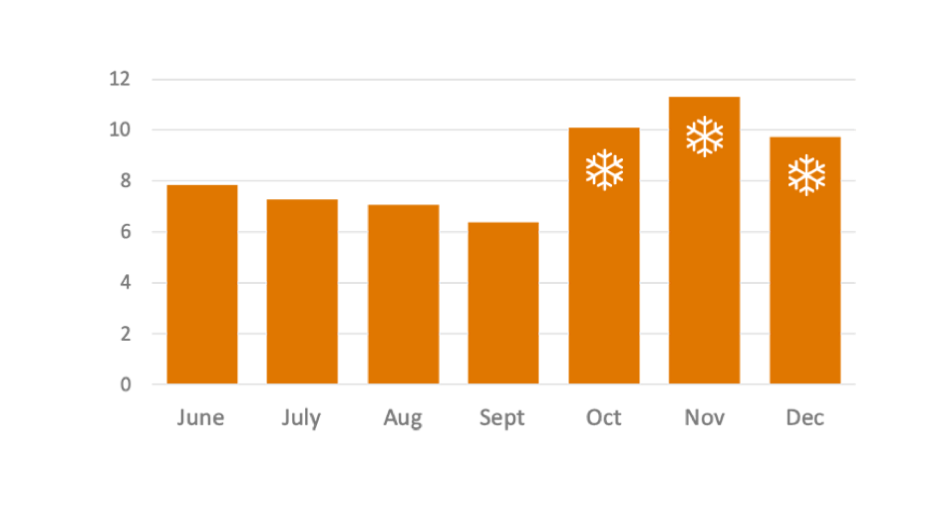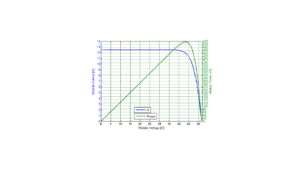- A field study being conducted by the NREL and its partners on bifacial solar panels has found encouraging results coming in
- The 3-year study claims within 6-month period between June 2019 and November 2019, there was 9% more power generation by bifacial panels compared to monofacial panels
- First year of study sees brown grass as being more reflective while snow is the best for bifacial module performance
- Second and third years will have the team working with crushed rock on the ground below the panels and a white fabric, respectively
The National Renewable Energy Laboratory (NREL) sees ‘significant boost’ in energy generation from bifacial solar panels, basis early results out of a 3-year study the US research center is conducting along with industry partners. There was 9% more energy production by bifacial modules between June 2019 and November 2019, compared to single sided panels as per the study.
Research is being carried out on a 10 row PV array with mono and bifacial modules from international manufacturers mounted on NEXTracker’s single-axis tracker technology in the multi-year study.
Calling it an ‘industry first’ multiyear study with open data for this technology, NREL explains in the first year of the study the subject is to cover benefits of different ground covers beneath the panels. So far, the research has found brown grass as being more reflective, but it is snow that works the best because that’s when the average albedo was found to be several times more reflective than grass. With snow covering the ground, ‘all tested panels hit their highest recorded gains’.
It will be followed up in the second year with crushed rock and finally the third year may have the team rolling out some kind of white fabric.
Higher energy production, as to be ascertained from this research, would mean less supporting hardware required per MW which eventually would reduce balance of system (BOS) costs. All the same it would lead to a reduced number of panels required for an installation which would mean less and more efficient use of PV inverters, racking, tracker systems, interconnects and other hardware.
NREL says it will benchmark and compare mono- and bifacial panels from the same brands across the years as part of the study.
Researchers are also working out the use of batteries to store the energy generated to be used for non-sunny times by pairing the PV array with two Avalon Battery vanadium redox flow batteries enabling ‘more stable and consistent generation’.
“We’re looking at module reliability on single-axis trackers, and specifically whether modules damaged during shipment, resulting in cracked cells, are still usable or deteriorate further when installed on single-axis trackers,” said NREL Researcher and Principal Investigator on the study, Chris Deline.
NREL had shared an overview about its field study and performance modeling of bifacial solar modules during a December 2019 TaiyangNews webinar (see Dec.3-Bifacial Solar’s True Potential With JinkoSolar & NREL).




